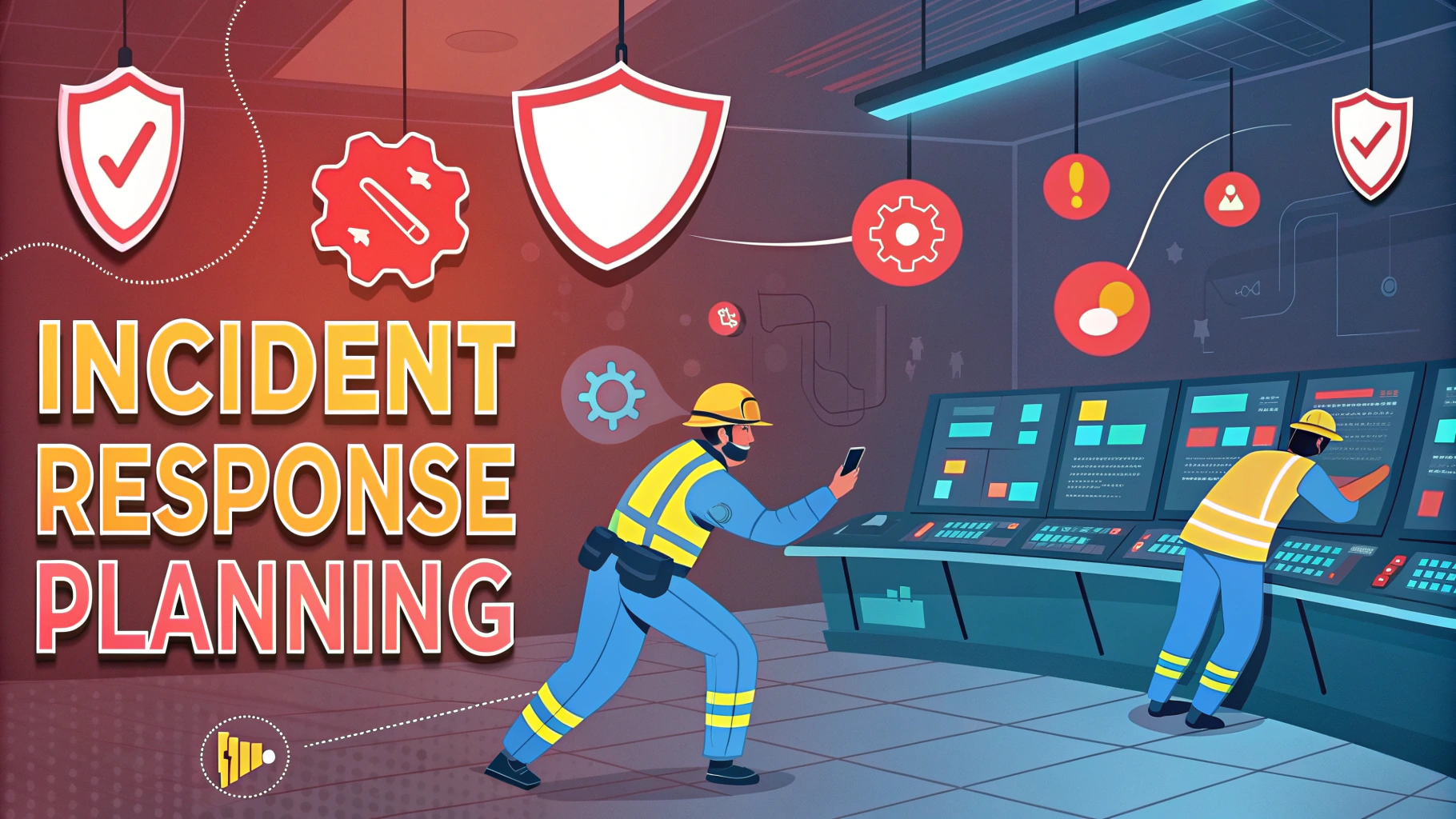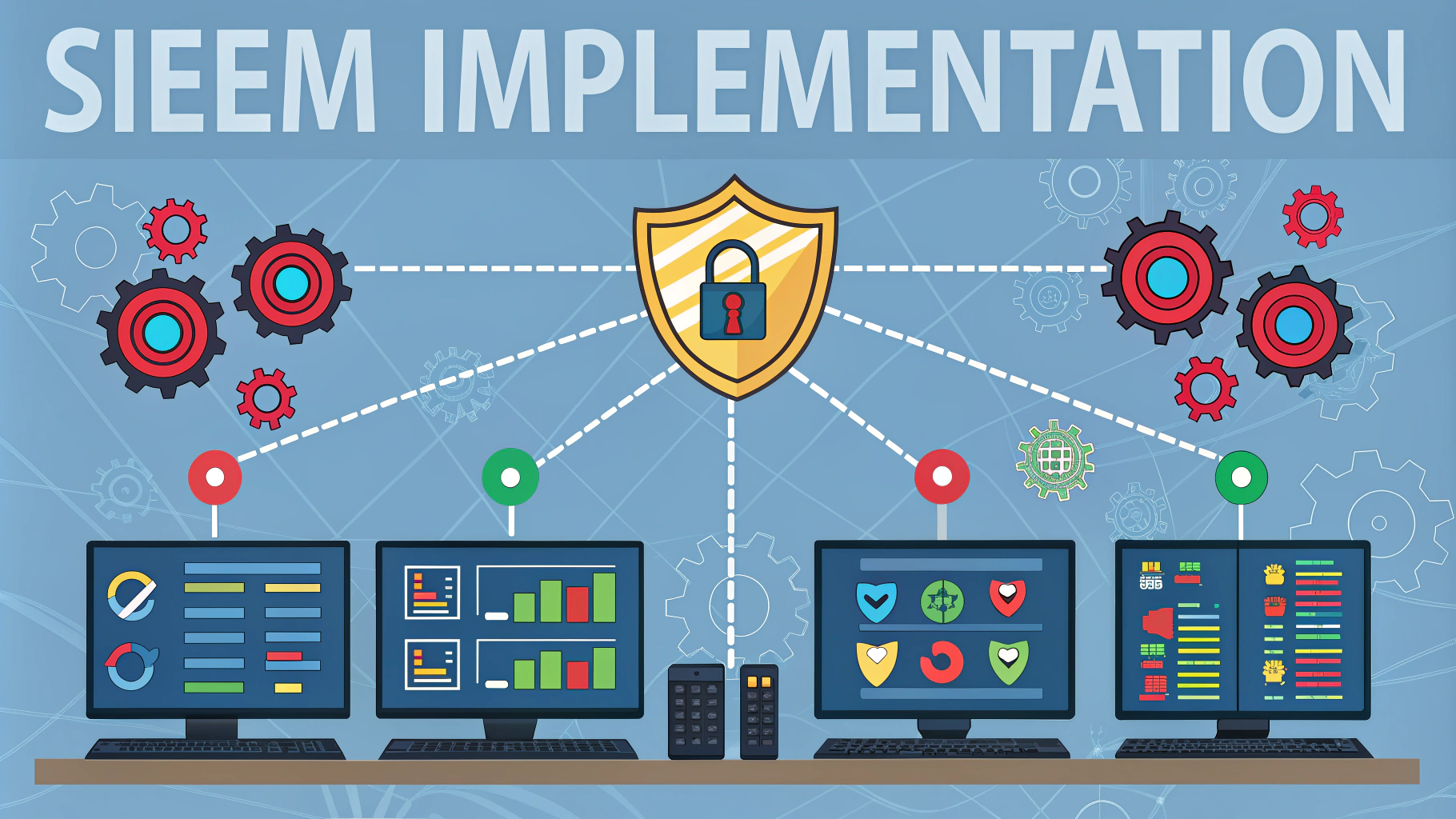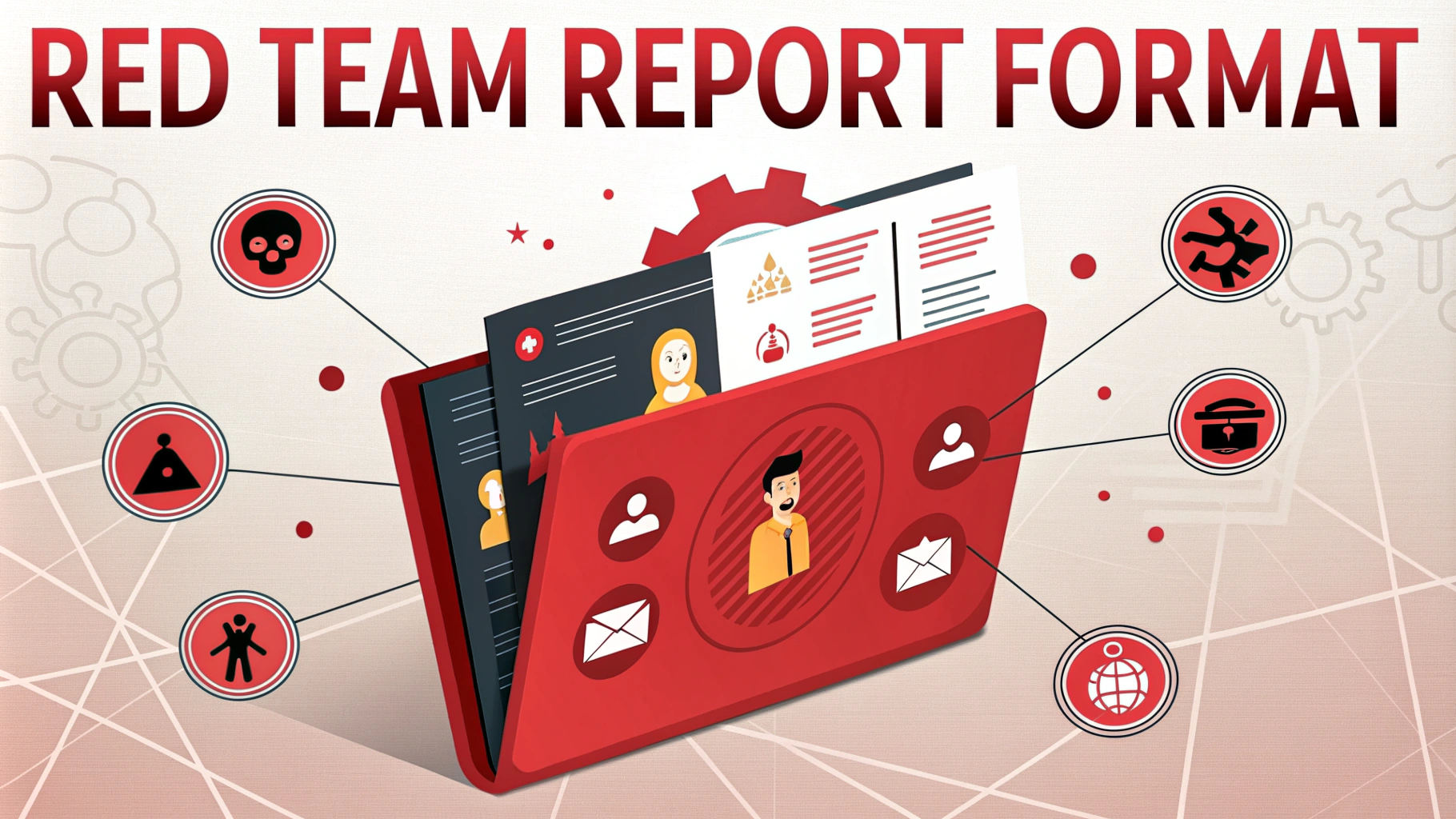Network defense through penetration testing allows organizations to identify and fix security vulnerabilities before malicious actors can exploit them.
Professional penetration testers simulate real-world cyber attacks using specialized tools and techniques to thoroughly assess an organization’s security posture.
This guide covers key penetration testing strategies, tools, and methodologies that help strengthen network defenses against evolving cyber threats.
Types of Penetration Testing
- External Testing – Assesses internet-facing assets and perimeter security
- Internal Testing – Evaluates internal network security from an insider perspective
- Social Engineering – Tests human vulnerabilities through phishing and manipulation
- Wireless Testing – Checks WiFi network configuration and encryption
- Application Testing – Identifies vulnerabilities in web/mobile applications
Key Testing Phases
- Planning & Reconnaissance – Gathering target information and setting scope
- Scanning – Using automated tools to identify potential vulnerabilities
- Exploitation – Attempting to exploit discovered vulnerabilities
- Post-Exploitation – Maintaining access and pivoting through systems
- Reporting – Documenting findings and providing remediation guidance
Essential Penetration Testing Tools
- Nmap – Network mapping and port scanning
- Metasploit – Exploitation framework and vulnerability verification
- Wireshark – Network protocol analysis and packet inspection
- Burp Suite – Web application security testing
- John the Ripper – Password cracking and strength assessment
Best Practices for Testing
- Obtain proper authorization and documentation before testing
- Define clear scope boundaries and rules of engagement
- Use segregated testing environments when possible
- Document all activities and maintain detailed logs
- Follow responsible disclosure procedures for vulnerabilities
Recommended Testing Schedule
| Test Type | Frequency |
|---|---|
| External Network Scan | Monthly |
| Full Penetration Test | Annually |
| Application Security Test | After Major Updates |
| Social Engineering Test | Semi-Annually |
Taking Action on Results
Prioritize vulnerability remediation based on risk level and potential impact.
Implement security controls and patches according to testing recommendations.
Schedule follow-up testing to verify fixes and identify new vulnerabilities.
Resources for Further Learning
- Offensive Security – Training and certifications
- SANS Institute – Security courses and resources
- OWASP – Application security guidance
- PTES – Technical testing guidelines
Building Long-term Security
Regular penetration testing should be part of a broader security program that includes continuous monitoring, incident response planning, and security awareness training.
Contact certified penetration testing providers (PCI QSA Directory) to schedule professional assessments.
Implementing Testing Protocols
Organizations must establish clear testing protocols that align with industry compliance requirements and risk management frameworks.
Documentation should include detailed procedures for:
- Emergency shutdown procedures
- Communication channels during testing
- Data handling and privacy protection
- Incident response procedures
- Scope change management
Advanced Testing Scenarios
Red Team Operations
Full-scope adversarial assessments that combine multiple testing methodologies to simulate sophisticated attacks.
Purple Team Exercises
Collaborative sessions between attackers (red team) and defenders (blue team) to improve detection and response capabilities.
Compliance Considerations
- PCI DSS requirement 11.3 for cardholder data environments
- HIPAA security rule technical safeguards
- SOX IT control testing requirements
- GDPR security assessment guidelines
Strengthening Your Security Posture
Regular penetration testing reveals security gaps and provides actionable intelligence for improving defenses. Organizations should:
- Maintain a continuous testing program
- Update security policies based on findings
- Invest in security awareness training
- Build internal security testing capabilities
- Stay current with emerging threats and testing methodologies
FAQs
- What is penetration testing in network defense?
Penetration testing is a systematic process of testing network security by simulating real-world cyber attacks to identify vulnerabilities, security gaps, and potential entry points in network systems. - What are the different types of penetration testing?
The main types include external testing (testing from outside the network), internal testing (testing from within the network), black box (no prior knowledge), white box (full system knowledge), and gray box testing (partial information). - How often should penetration testing be performed?
Organizations should conduct penetration testing at least annually, after significant infrastructure changes, when adding new network infrastructure, or after major application modifications. - What tools are commonly used in network penetration testing?
Popular tools include Nmap for network scanning, Metasploit for exploitation testing, Wireshark for packet analysis, Burp Suite for web application testing, and Kali Linux as a comprehensive testing platform. - What are the phases of a penetration test?
The phases include reconnaissance, scanning, vulnerability assessment, exploitation, post-exploitation, and reporting with remediation recommendations. - What’s the difference between vulnerability scanning and penetration testing?
Vulnerability scanning is automated and identifies known vulnerabilities, while penetration testing involves active exploitation and manual testing to validate security weaknesses. - What qualifications should a penetration tester have?
Professional certifications like CEH (Certified Ethical Hacker), OSCP (Offensive Security Certified Professional), or CompTIA PenTest+, along with strong networking and security knowledge. - What should be included in a penetration testing report?
The report should include an executive summary, methodology used, findings and vulnerabilities discovered, risk assessment, proof of concept, and detailed remediation recommendations. - How can organizations prepare for a penetration test?
Organizations should define the scope, backup critical data, inform relevant stakeholders, establish emergency contacts, and have an incident response plan ready. - What are the legal considerations for penetration testing?
Written permission is required, testing must comply with local laws and regulations, and testers must respect data privacy requirements and confidentiality agreements.








